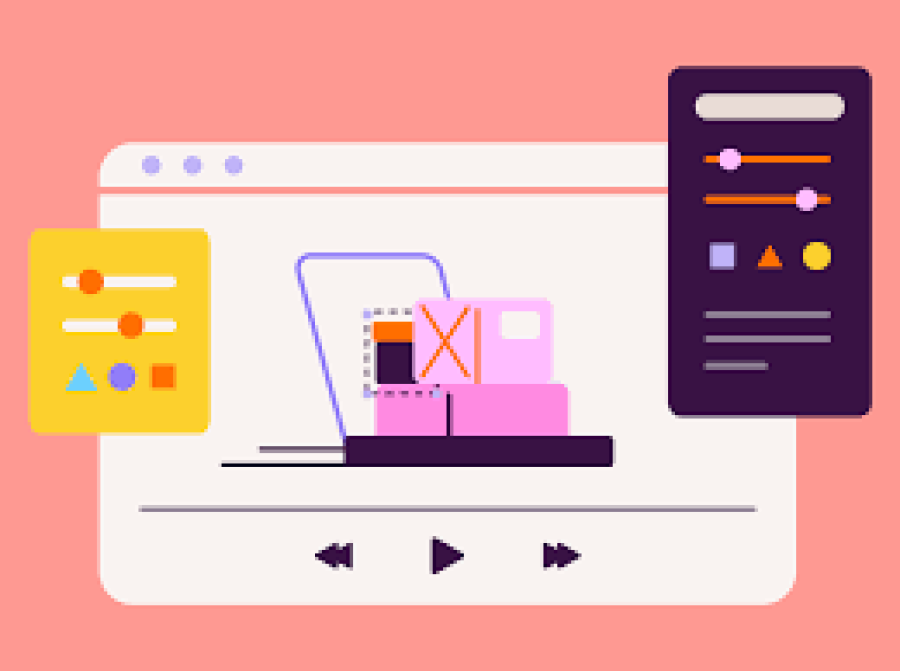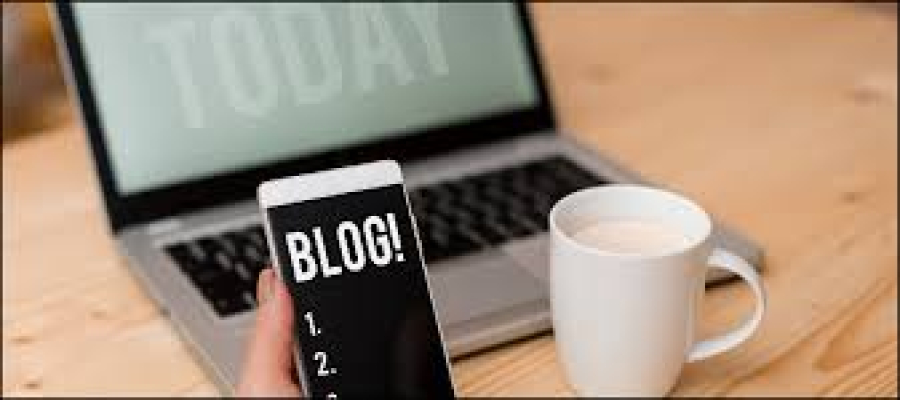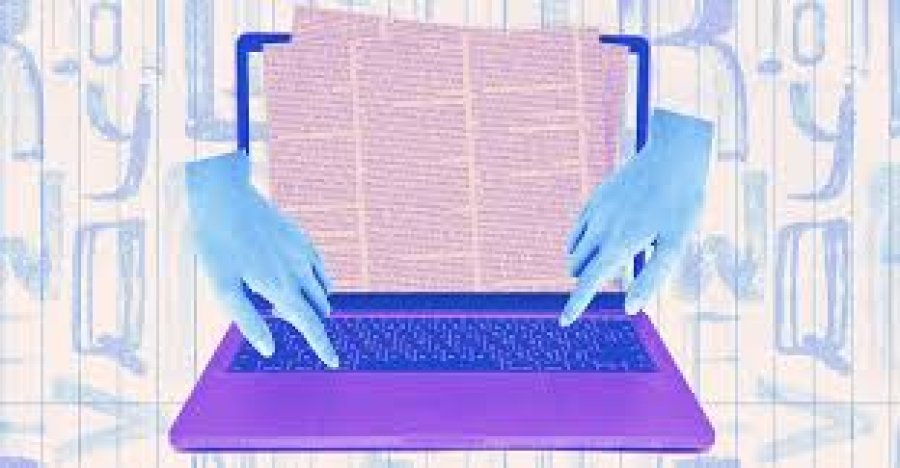Using AI in Logo Design: Opportunities and Challenges
In today’s digital-first business environment, the demand for strong brand identities has never been higher. Logos — as the most recognizable symbol of a brand — are a vital part of that identity. With the rise of artificial intelligence (AI), the process of logo design is undergoing a major transformation.
AI-powered tools can now assist in brainstorming, generating concepts, and even finalizing logo designs. But as promising as it sounds, this technology also brings challenges around creativity, originality, and ethical usage.
For freelancers, especially those in branding and design, understanding how to leverage AI in logo design while maintaining professional standards is essential. This article explores the opportunities and challenges of using AI in logo creation, helping freelancers make informed, strategic decisions for themselves and their clients.
Long Description
What is AI in Logo Design?
AI in logo design refers to the use of machine learning algorithms and automation tools to create logos based on user input such as business name, industry, color preference, and style. These tools analyze thousands of design combinations and present options within minutes.
Popular AI logo generators include:
Looka
Tailor Brands
Wix Logo Maker
LogoMakr
Designs.ai
These platforms are especially popular with startups and small businesses due to their speed and affordability.
Opportunities of AI in Logo Design
1. Speed and Efficiency
AI tools can generate multiple logo options in seconds. For freelancers working under tight deadlines or looking to offer rapid prototyping, this is a game-changer.
Speeds up client approval processes
Saves time on initial ideation and rough drafts
Allows fast A/B testing of concepts
2. Cost-Effectiveness
Freelancers can reduce the amount of unpaid “concept work” by using AI to deliver drafts more quickly. This also benefits clients with small budgets.
Lower overhead on initial designs
Cost-effective solutions for clients with minimal resources
3. Access to Trends and Data
Many AI tools are trained on thousands of existing logos, giving them a deep understanding of current design trends.
Helps freelancers stay trend-aware
Reduces research time
4. Great Starting Point for Customization
AI can offer a solid foundation to jumpstart the creative process. Designers can then customize, refine, and elevate the AI-generated draft into a polished, unique design.
Useful for moodboards
Helps align on visual direction early
Facilitates client conversations
5. Useful for Non-Designers
For freelancers offering full branding packages (including strategy, web design, or marketing), AI tools help in cases where you may not be a specialist in logo design.
Challenges of Using AI in Logo Design
1. Lack of Originality
One of the biggest concerns is that AI logos often look generic. Since they are based on templates and learned patterns, they might:
Be similar to other logos
Lack storytelling and unique symbolism
Fail to capture deep brand values
This can dilute the brand’s identity over time.
2. Ethical and Copyright Concerns
AI-generated content raises questions about:
Who owns the copyright of an AI-generated logo?
Can someone else end up with a similar design?
Is it considered plagiarism if it mimics an existing logo style?
Freelancers need to ensure they’re providing truly original work that won’t expose clients to legal risks.
3. Limited Customization
While AI tools offer flexibility in colors and layout, they may not:
Support abstract ideas
Handle multi-layered brand concepts
Understand cultural nuances or symbolism
Freelancers must be ready to go beyond the AI’s capabilities to deliver more sophisticated results.
4. Undermining the Value of Design
When clients believe that “a logo can be made in 5 minutes by a bot,” they may undervalue the work of professional designers.
As freelancers, this requires repositioning your value — showing that your creative input, strategic thinking, and storytelling cannot be replicated by software.
5. Inconsistent Brand Integration
AI tools typically create logos in isolation. They don’t consider brand systems like:
Typography guidelines
Color harmony with other brand assets
How the logo scales across platforms
Only human designers can create a cohesive brand identity system, not just a standalone mark.
When to Use AI in Logo Design (as a Freelancer)
AI in logo design is best used as a supporting tool, not a full replacement. Here are ideal scenarios:
✅ Use AI When:
You need fast inspiration or concept drafts
The client’s budget is limited, and they need something basic
You’re creating mockups or pitch decks
A non-designer client needs a temporary placeholder logo
You want to brainstorm multiple styles for feedback
❌ Avoid AI When:
The client is a premium or established brand
A strong emotional or cultural connection is needed
Trademark protection and originality are essential
You’re building a long-term visual identity system
How to Combine AI with Human Creativity
1. Use AI for Drafting, Not Final Design
Generate logo concepts using AI, but refine the best option manually using tools like Adobe Illustrator or Figma.
2. Add Strategic Meaning
Ensure that the final design is:
Rooted in brand strategy
Symbolically aligned with the brand mission
Uniquely stylized for distinction
3. Communicate the Process
Be transparent with clients if AI tools were used in the ideation stage. Let them know that human skill is still essential for refinement, originality, and brand storytelling.
4. Educate Clients About Value
Explain the difference between an AI-generated logo and a professionally designed brand system. Show how design impacts customer perception, trust, and conversions.
Tools Freelancers Can Use Alongside AI Logo Generators
To elevate your work beyond AI templates, use:
Figma – Great for refining and systemizing the design
Adobe Illustrator – Precision tool for scalable vector logos
Coolors / Color Hunt – To build cohesive palettes
Fontpair / Google Fonts – For typeface harmony
The Noun Project / Freepik – For inspiration and supplemental icons
Looka / LogoMakr / Brandmark – For AI-assisted starting points
Blend these tools to produce high-quality logos rooted in brand essence.
Future Trends: AI in Logo Design
1. Smarter, Context-Aware AI
Future logo tools may analyze brand tone, website content, or industry to create more contextually relevant logos.
2. Generative AI Collaboration
Using AI like Midjourney or DALL·E to create abstract visual motifs that can be adapted into logos.
3. AI + Human Hybrid Platforms
New platforms may allow AI to assist in design suggestions while human designers remain in control — perfect for freelancers who want efficiency without sacrificing originality.
4. Integrated Branding Platforms
AI tools may evolve into full branding platforms, offering not just logos but entire brand kits, social templates, and web design elements.
Conclusion
AI is transforming the design world — but it’s not replacing human creativity. For freelancers, the opportunity lies in using AI as a powerful assistant, not a competitor.
By combining the speed and scale of AI with the storytelling, emotional intelligence, and strategic thinking only humans can provide, freelancers can deliver exceptional logo design solutions tailored to client goals.
Use AI smartly. Lead with strategy. And continue to create brand visuals that leave a lasting impression.


 by Emily
by Emily




